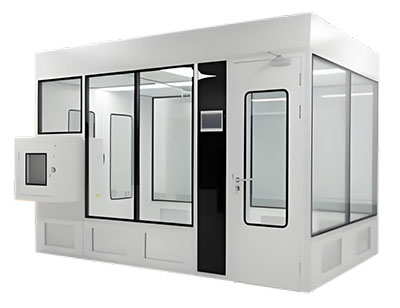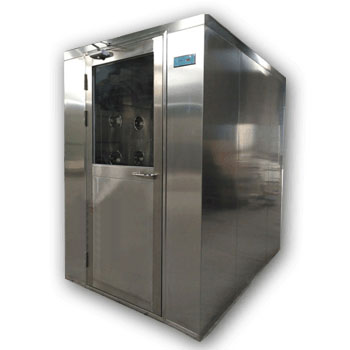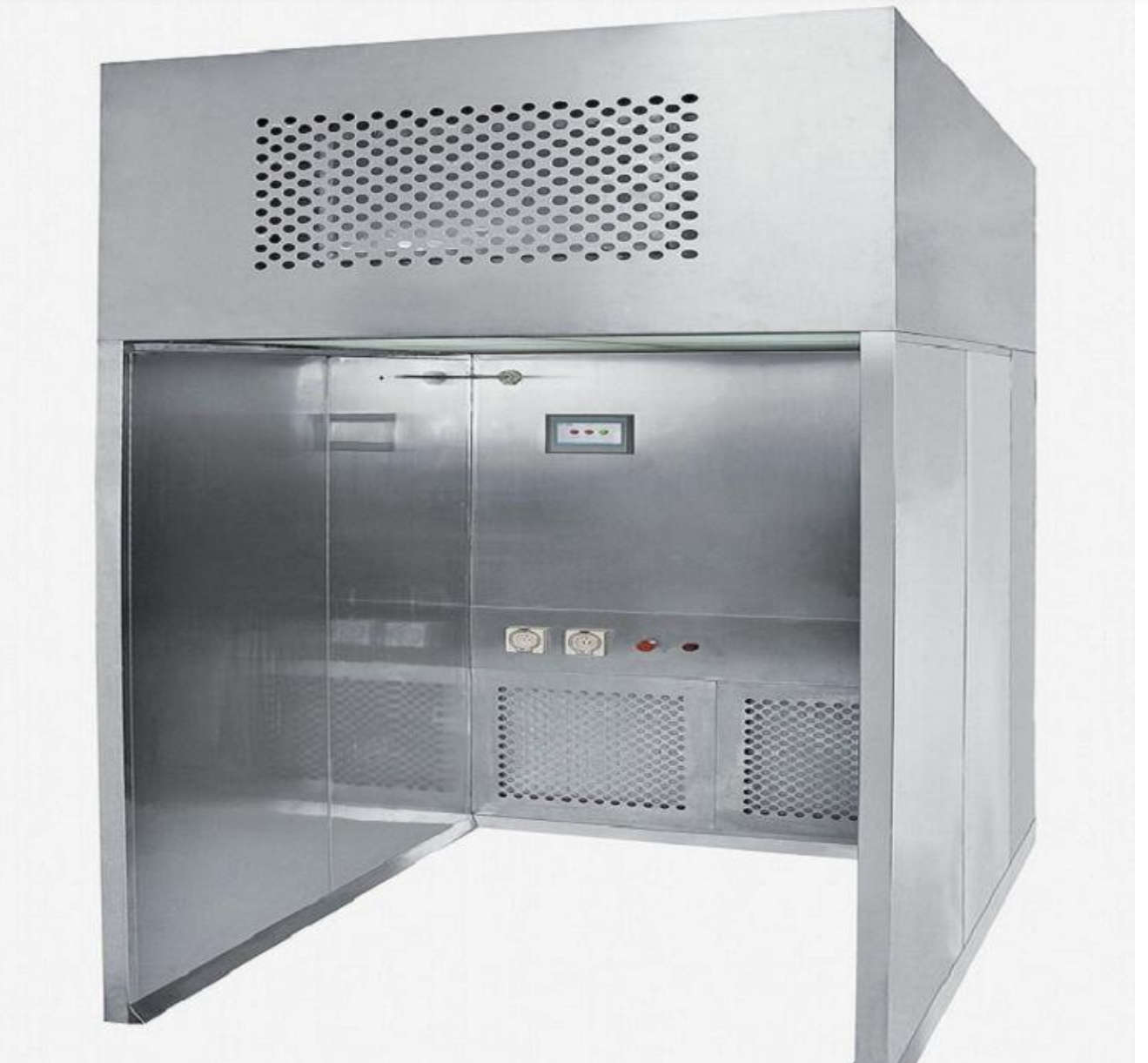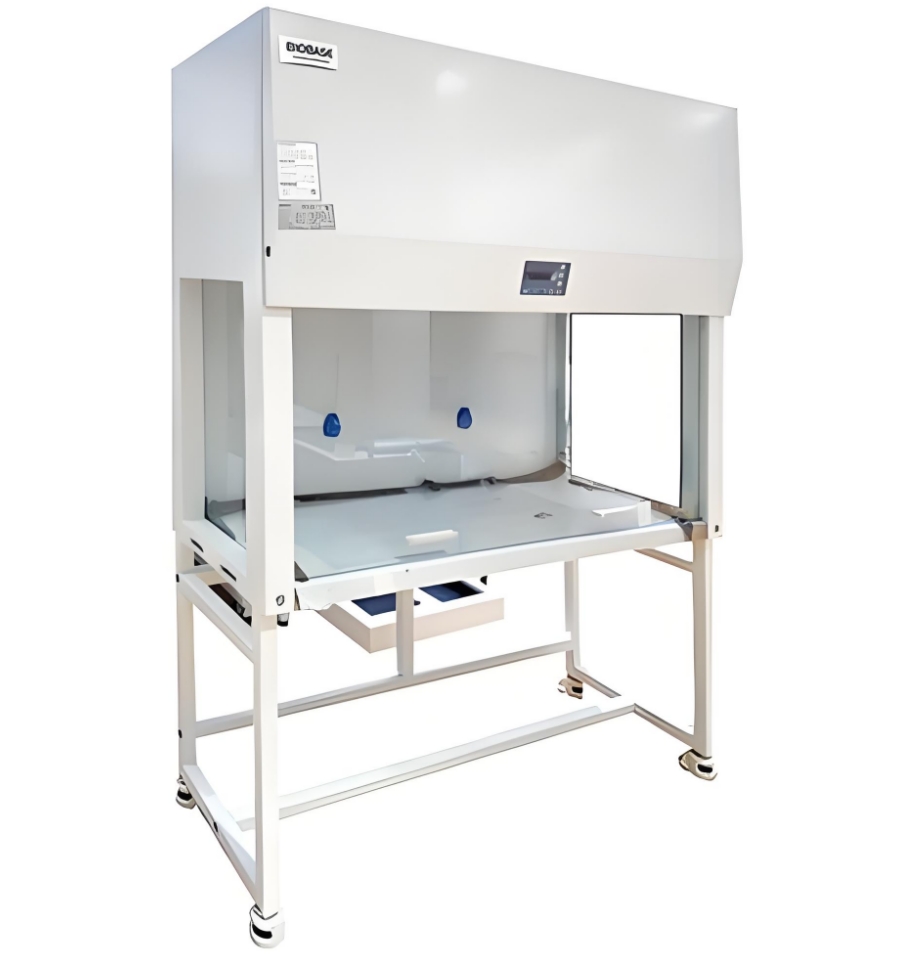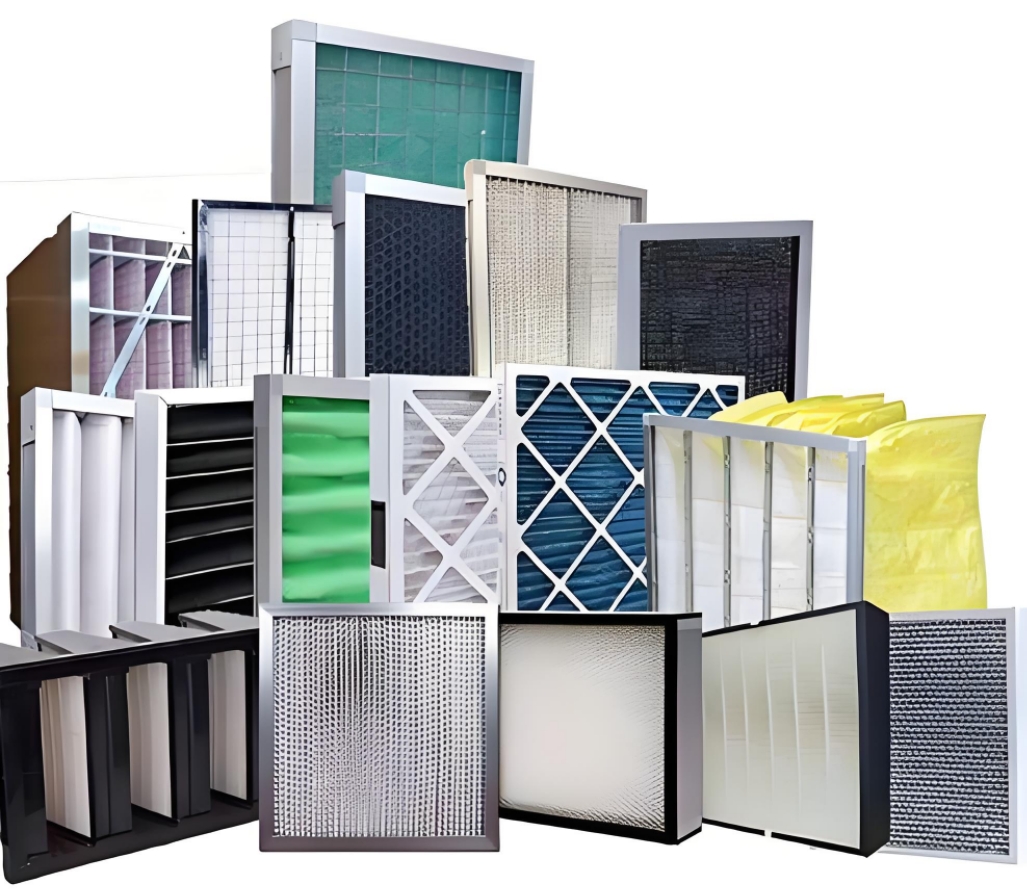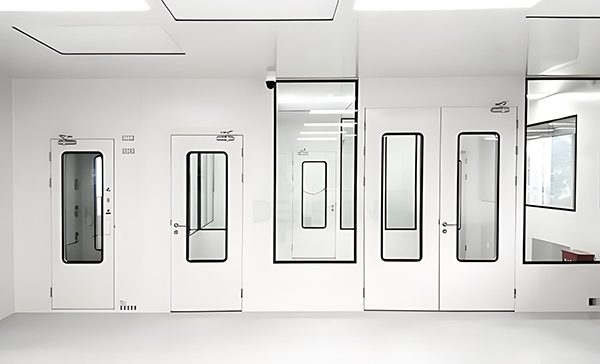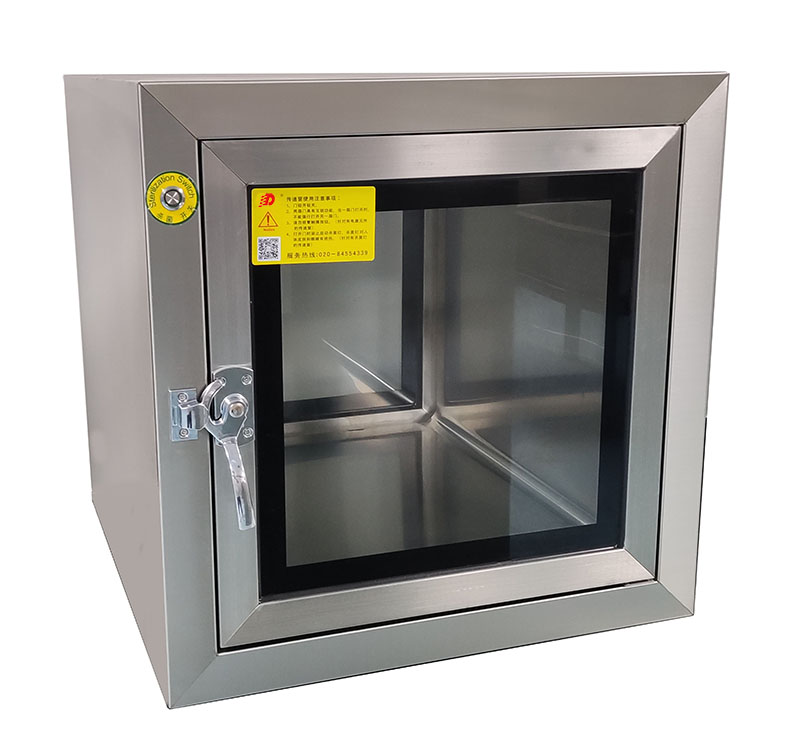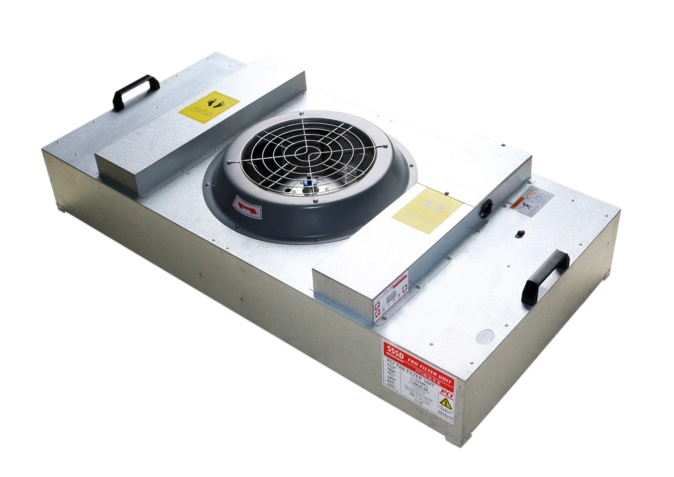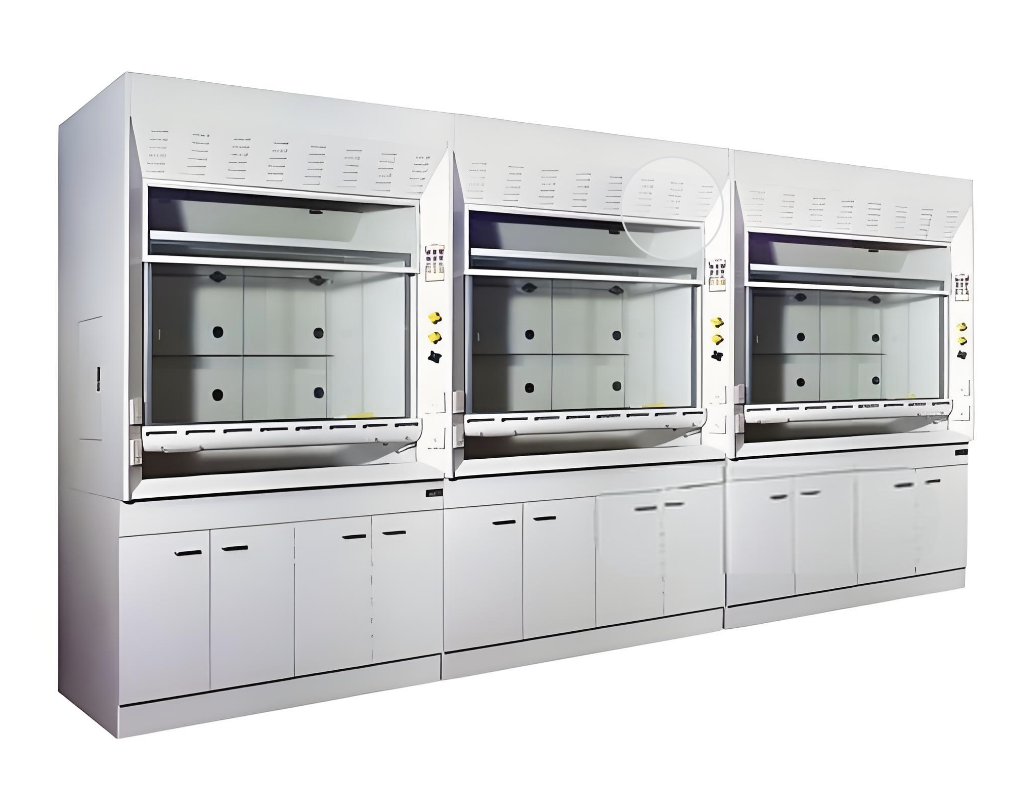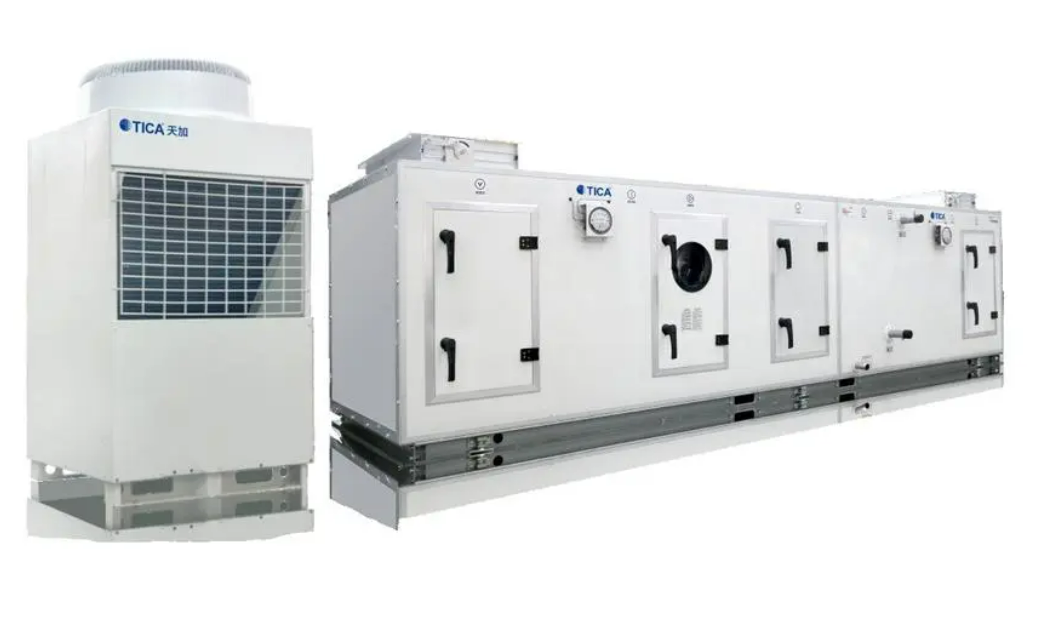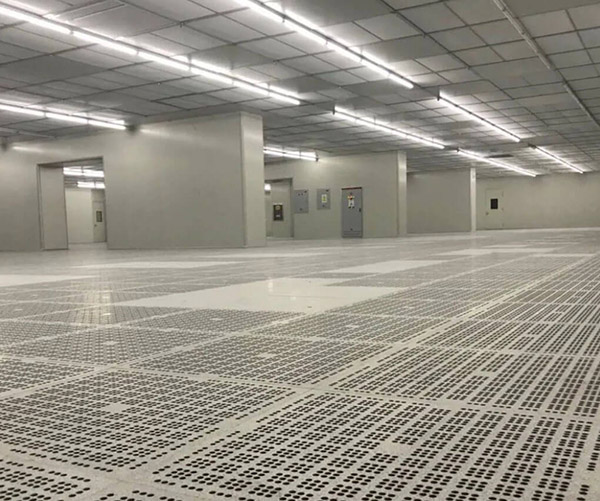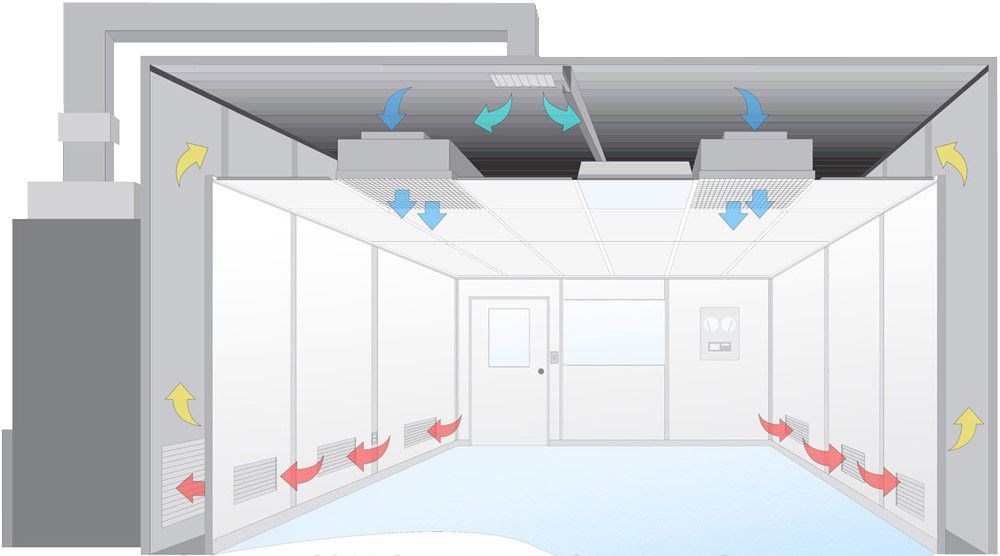Clean Room Classifications: Understanding the Differences
A Comprehensive Guide to Class 100, 1000, 10,000 and 100,000 Cleanrooms
The Difference Between clean room 100 and 1000
Cleanrooms are classified according to the maximum allowable number of particles per cubic meter for specific particle sizes, primarily to control contamination in sensitive environments. In this context, Class 100 and Class 1000 Cleanrooms represent two distinct levels of cleanliness, adhering to the ISO 14644 standard.
cleanroom class Comparison
| Parameter | Class 100 | class 1000 | Class 10,000 | Class 100,000 |
|---|---|---|---|---|
| Particles (≥0.5µm/ft³) | 100 | 1,000 | 10,000 | 100,000 |
| Particles (≥0.5µm/m³) | 3,520 | 35,200 | 352,000 | 3,520,000 |
| air changes/Hour | 60-100 | 20-30 | 10-20 | 5-15 |
| Typical Applications | Semiconductor, Pharma | Medical Devices, Optics | Electronics Assembly | Packaging, General Manufacturing |
Class 100 Cleanroom Specifications
- Particle Count: ≤100 particles (≥0.5µm) per ft³ (3,520/m³)
- air changes: 60-100 per hour
- Temperature: 20-22°C (±2°C)
- Humidity: ≤60% RH
- Filtration: hepa (99.97% @ 0.3µm)
Typical Applications: Semiconductor fabrication, pharmaceutical sterile filling, biotechnology research
Cost Estimate: $1,000-$1,500 per sq.ft. (construction)
Class 1000 Cleanroom Specifications
- Particle Count: ≤1,000 particles (≥0.5µm) per ft³ (35,200/m³)
- air changes: 20-30 per hour
- Temperature: 20-24°C (±2°C)
- Humidity: 30-60% RH
- Filtration: HEPA (99.97% @ 0.3µm)
Typical Applications: Medical device manufacturing, optical component assembly, aerospace components
Cost Estimate: $700-$1,000 per sq.ft. (construction)
Airflow and Filtration Requirements
Cleanrooms of different classes have distinct airflow and filtration requirements:
Class 100
- Unidirectional (laminar) airflow preferred
- 60-100 air changes per hour
- hepa filters covering 80-100% of ceiling
- air velocity: 90±20 fpm (0.45±0.1 m/s)
Class 1000
- Non-unidirectional (turbulent) airflow
- 20-30 air changes per hour
- hepa filters covering 20-30% of ceiling
- air velocity: 40-80 fpm (0.2-0.4 m/s)
Energy Impact: Class 100 Cleanrooms consume approximately 2-3 times more energy than Class 1000 due to higher air change rates and stricter filtration requirements.
Gowning Requirements by cleanroom class
Class 100/1000
- Full cleanroom suit (coverall with hood)
- Face mask (surgical or respirator)
- Gloves (double gloving common)
- Cleanroom boots with shoe covers
- Safety glasses/goggles
- No jewelry or cosmetics permitted
- Full air shower before entry
Class 10,000
- Cleanroom coverall or lab coat
- Bouffant cap or hood
- Face mask
- Gloves
- Cleanroom shoe covers
- Minimal jewelry allowed
- Hand washing required
Class 100,000
- Lab coat or smock
- Hair net
- Gloves (when handling product)
- Shoe covers (optional in some cases)
- Basic jewelry allowed
- General hygiene maintained
Relevant Standards and Specifications
- iso 14644-1: Classification of Airborne Particulate Cleanliness
- iso 14644-2: monitoring to Provide Evidence of Cleanroom performance
- ISO 14698: Biocontamination Control
- FDA Guidelines: For pharmaceutical and medical device manufacturing
- EU GMP: Grade A, B, C, D classifications for pharmaceutical cleanrooms
Conclusion
The key differences between cleanroom classes lie in their particle count limits, applications, airflow requirements, and operational costs. Understanding these distinctions is crucial for industries aiming to select the appropriate Cleanroom standard that meets their specific contamination control needs.
Selection Considerations:
- Process Requirements: Match the cleanroom class to your product sensitivity
- Regulatory Compliance: Ensure adherence to industry-specific standards
- Cost-Benefit Analysis: Higher classes offer cleaner environments but at significantly higher costs
- Operational Impact: Consider gowning requirements and workflow implications
 +86 18186671616
+86 18186671616 Jason@cleanroomequips.com
Jason@cleanroomequips.com
 MENU
MENU

